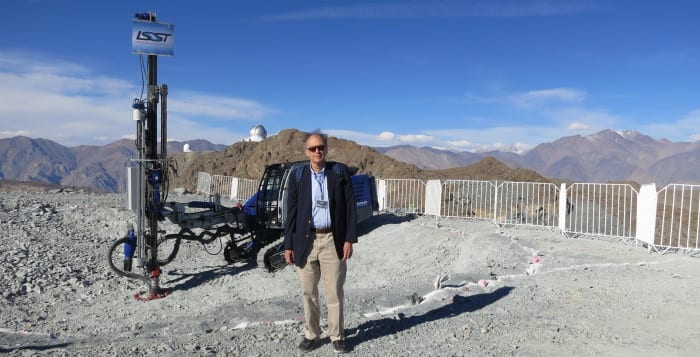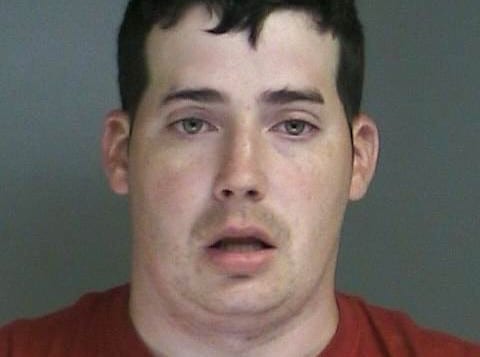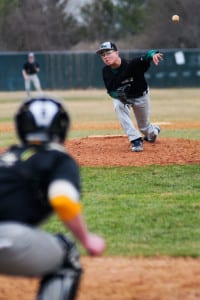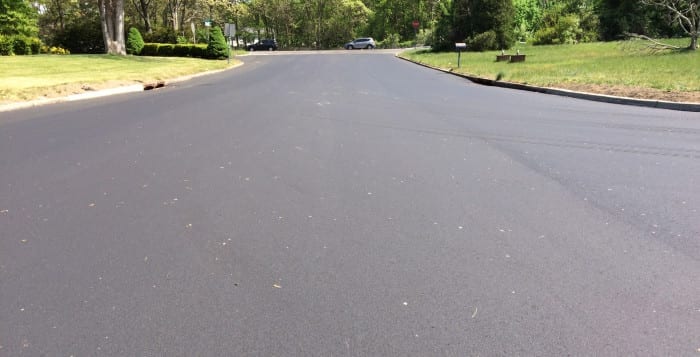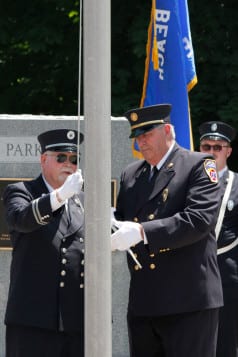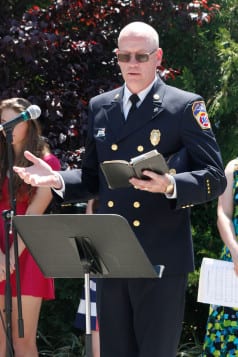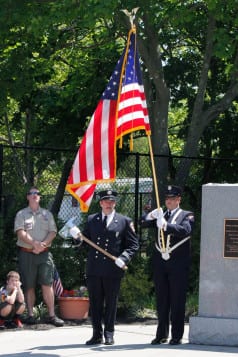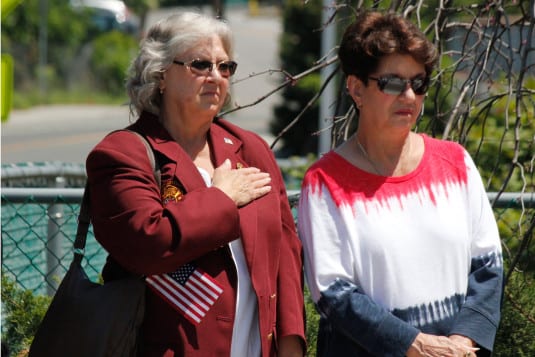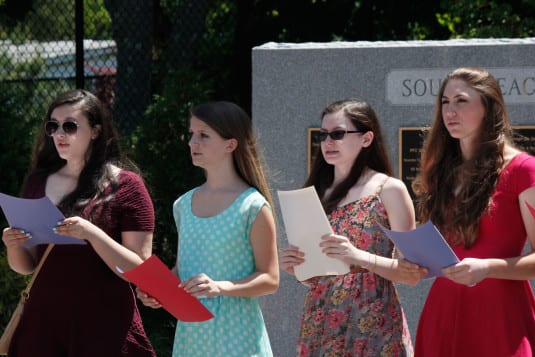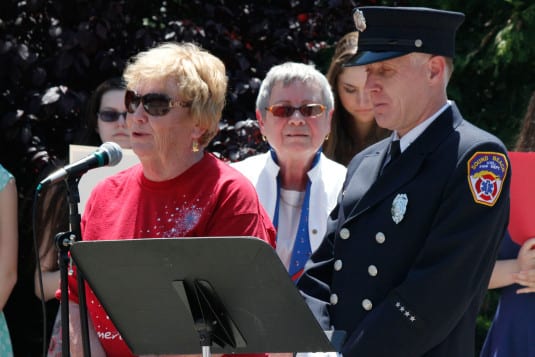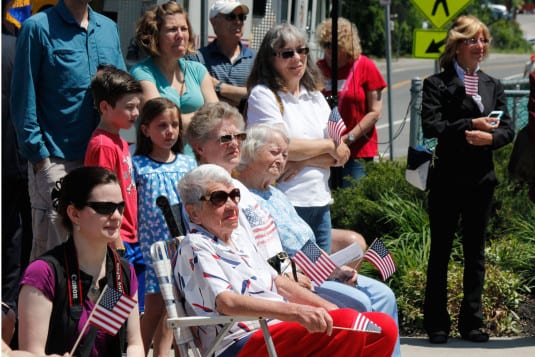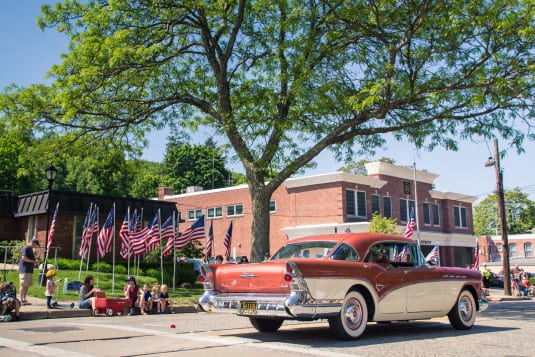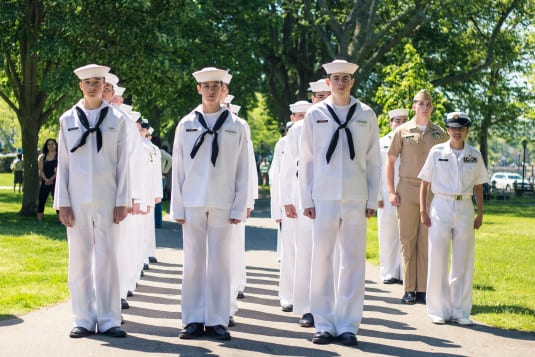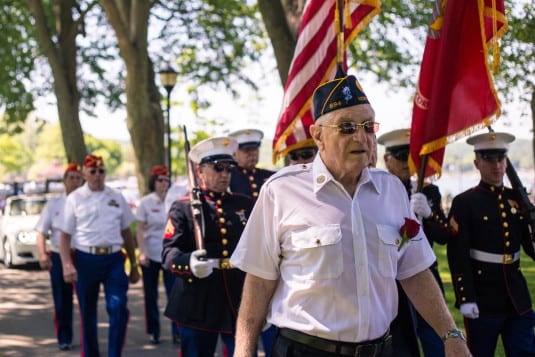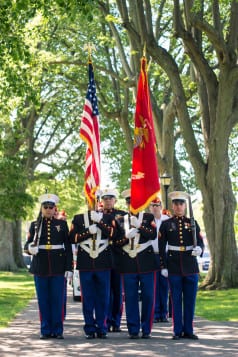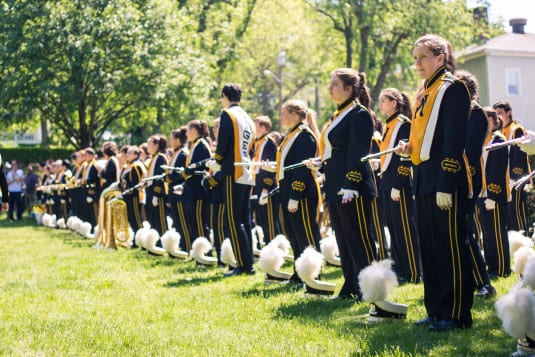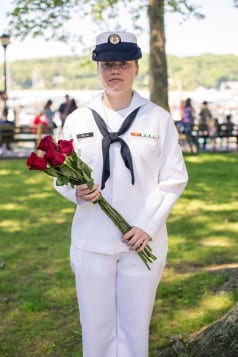My mother adamantly refused to let the pediatrician remove my tonsils several decades ago. She certainly respected his expertise, having chosen him carefully after an extended search when she knew she was pregnant. But she was not going to agree with his recommended course of action despite my chronic tonsillitis.
“Do you have clinical evidence that children who have had their tonsils removed get sick less often?” she demanded of him. “No,” he responded slowly, “only anecdotal evidence. You know the tonsils have no known function and are not necessary, and hers are very large.” “Hmmph,” was my mother’s rejoinder, “not known to you doctors.” So, as you might expect, I grew up with my tonsils and still have them to this day. They are large enough to inspire each new physician who looks in my throat to exclaim over both their size and their existence in a member of my generation, but whatever role they may play in the human body, they are still playing in mine.
My mother and my father had two strongly-held beliefs: First that there were no superfluous parts to the miraculous human body and, second, that optional surgery was not an option. I am sure they were encouraged in those beliefs by the death of an only child of dear friends during an optional tonsillectomy.
Do I know if they were right? All I can offer is that history shows the apple doesn’t fall far from the tree. That is why I felt a burst of glee when I came across a recent article in The New York Times Science section headlined, “Saving the Appendix.” They stopped removing tonsils as simply a matter of course many years ago, but here was further affirmation of the parental dicta.
“Five small studies from Europe, involving a total of 1000 patients, indicate that antibiotics can cure some patients with appendicitis; about 70 percent of those who took the pills did not require surgery,” according to Gina Kolata, author of the article. As well, patients who had an appendectomy after first trying antibiotics did not face any more complications than those who went directly to surgery. This, of course, flies in the face of traditional exhortations about rushing to remove the inflamed appendix before it bursts, potentially with dangerous results.
While these studies suggest that surgery can be avoided altogether in treating appendicitis, a large-scale clinical trial must be held for verification — and one is in the planning. When patients who had already had an appendectomy were asked if they would have been willing to try antibiotics first, nearly three-quarters responded “yes.”
The appendix is “a tiny, worm-shaped tube that hangs off the right side of the colon,” Kolata said, and no one knows what it does or why it can suddenly act up. Nor does anyone know why it also can get better on its own, even without antibiotics. And antibiotics actually have been used in the past to treat an inflamed appendix.
According to The Times, during the Cold War in the 1950s, when American sailors spent at least six months on nuclear submarines that were prohibited from surfacing, patients with appendicitis were given antibiotics and no deaths or complications were reported.
To use antibiotics would, of course, eliminate the need for surgery and hospitalization where appendicitis is diagnosed, which would be both cheaper and safer. But even if it revolutionized traditional treatment, using antibiotics would not immediately answer key questions: Would the appendicitis recur? If so, how often? How much antibiotics would be required? How would the drug best be administered?
Presently, doctors don’t usually tell their patients about the antibiotics option, citing the above unanswered questions as a reason. Also we know and, for the most part, approve that medicine is a highly conservative profession, avoiding the trendy but insufficiently tested. It is hard “to go away from a 30-minute operation that cures them for the rest of their lives,” said Dr. Giana Davidson, a University of Washington general surgeon quoted in the article.
But patients are finding out on their own and some ask for this nonsurgical alternative, thanks in part to information gleaned from the Internet.


